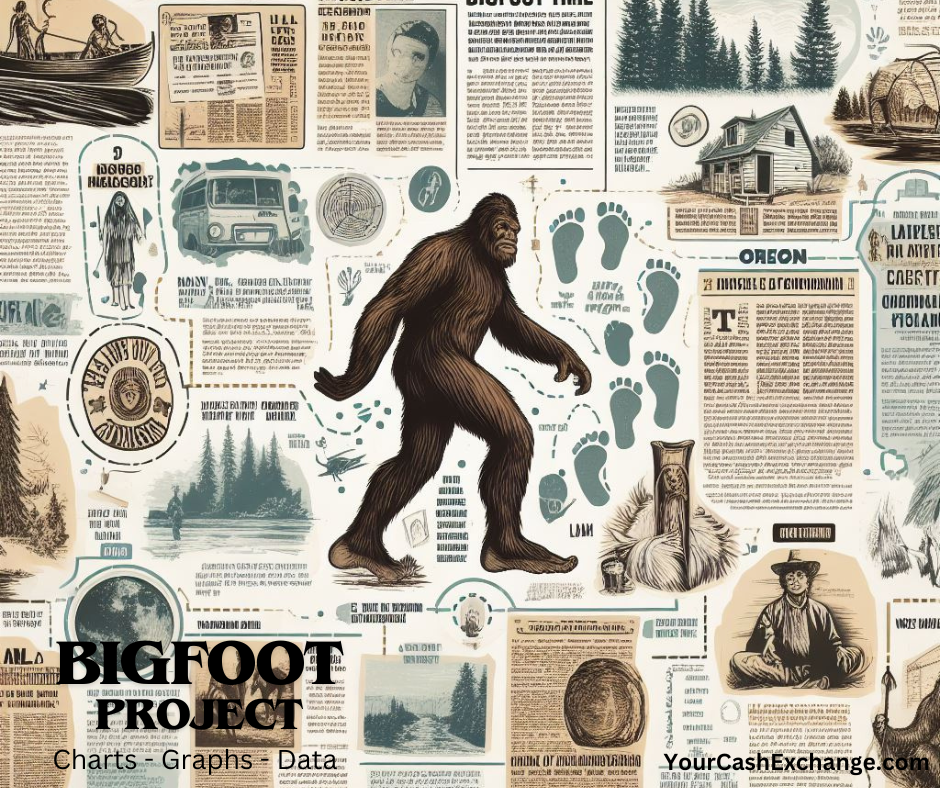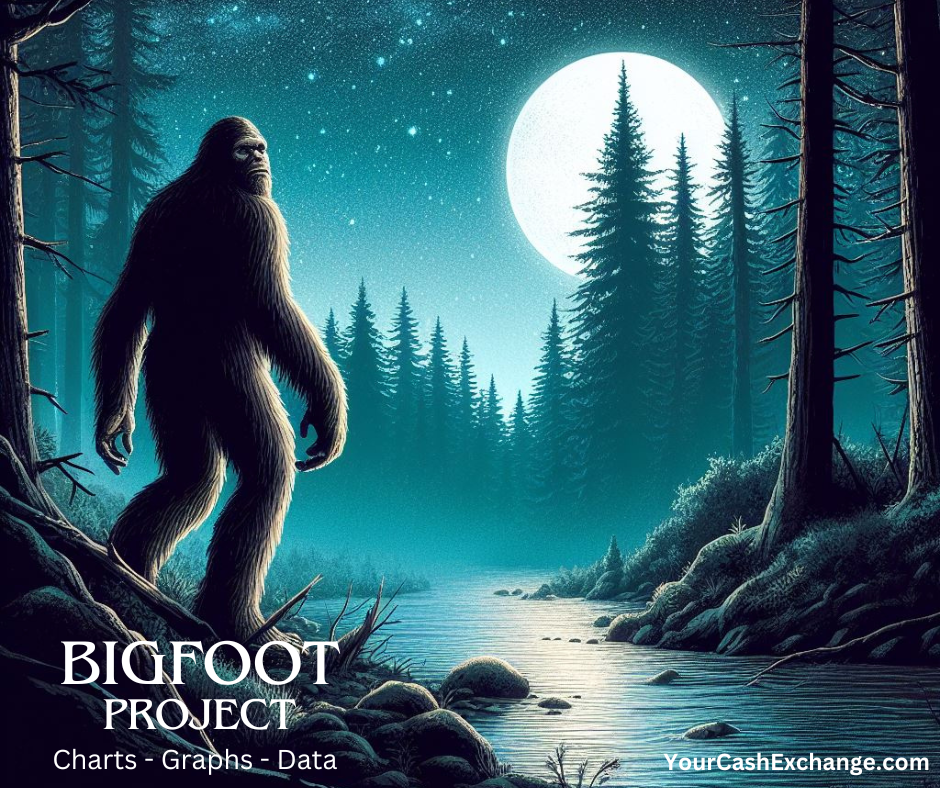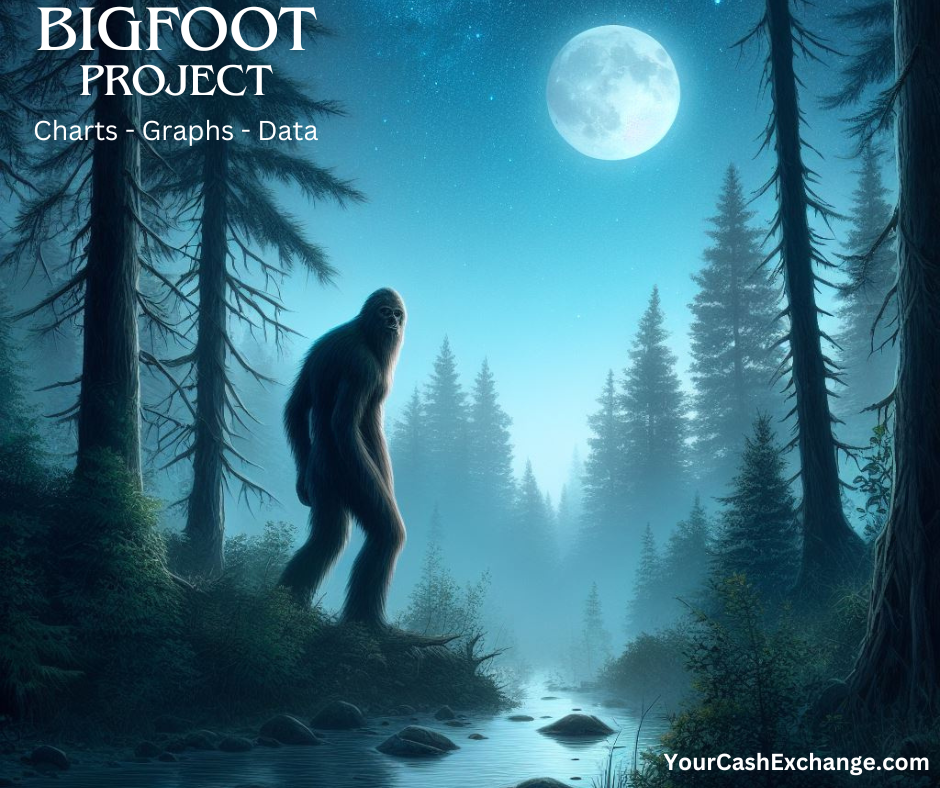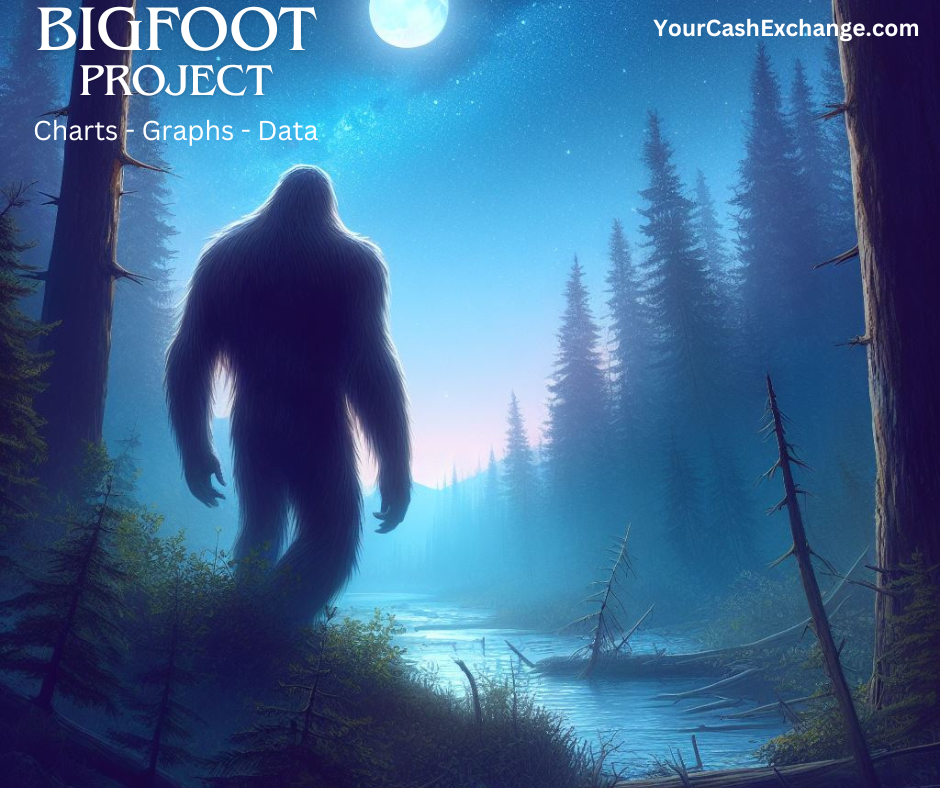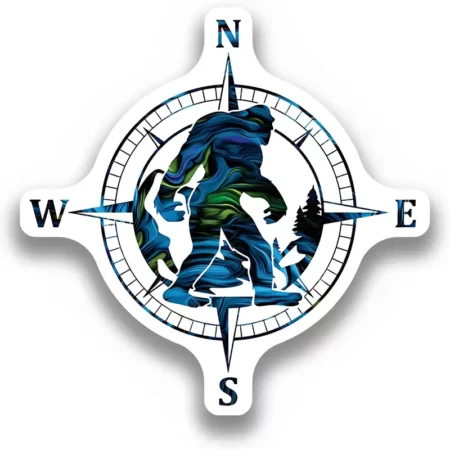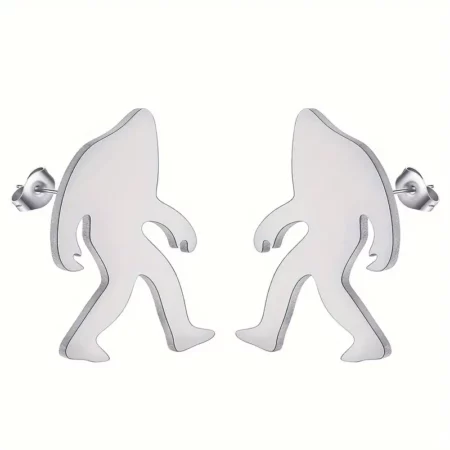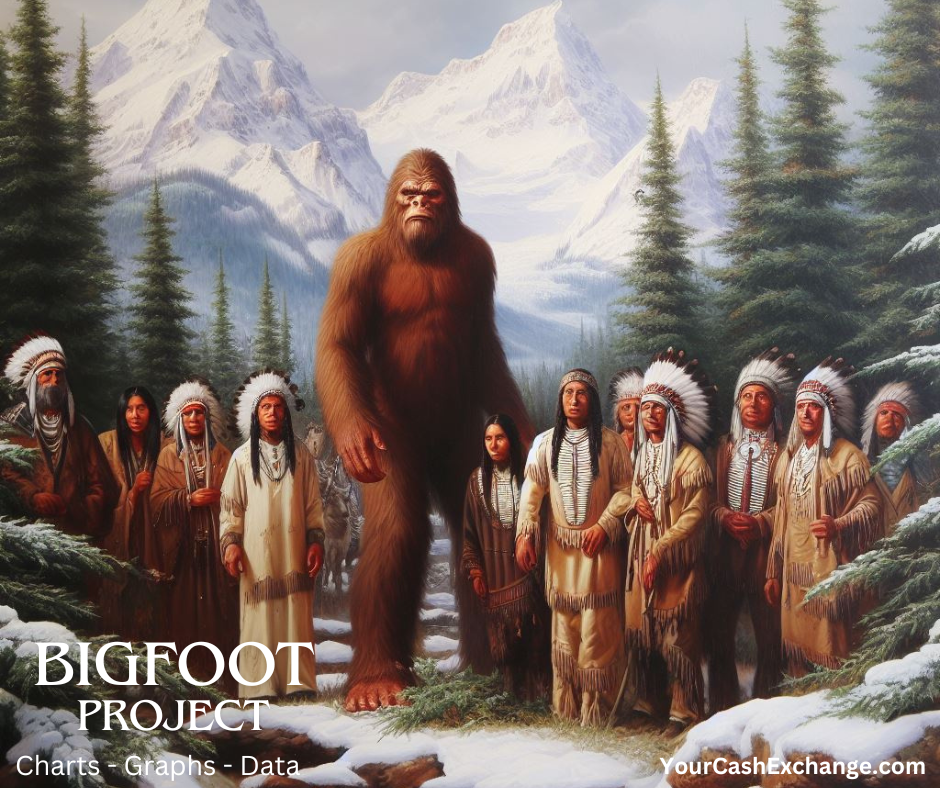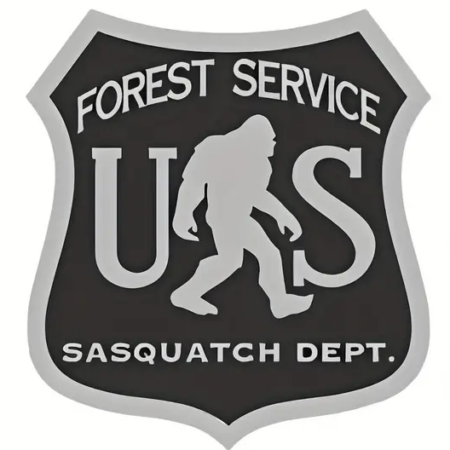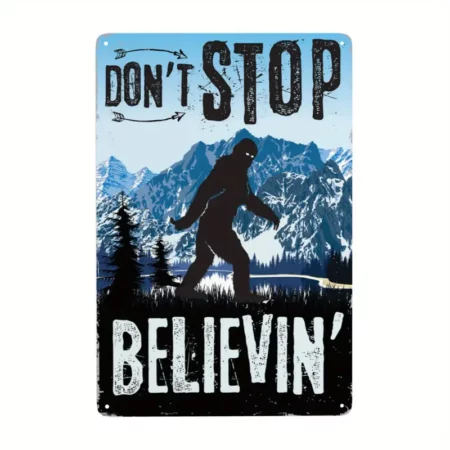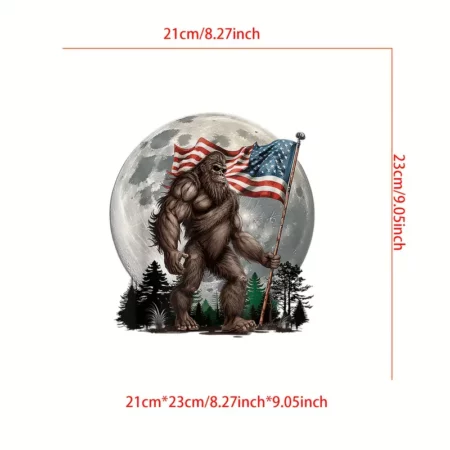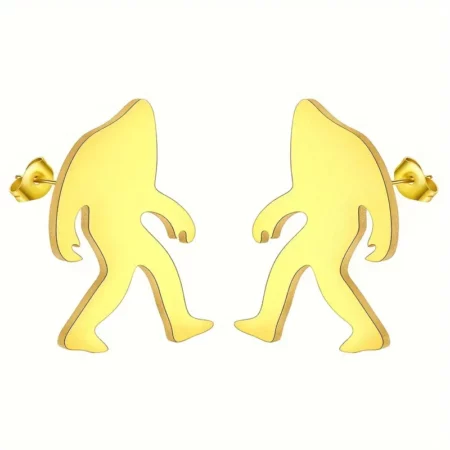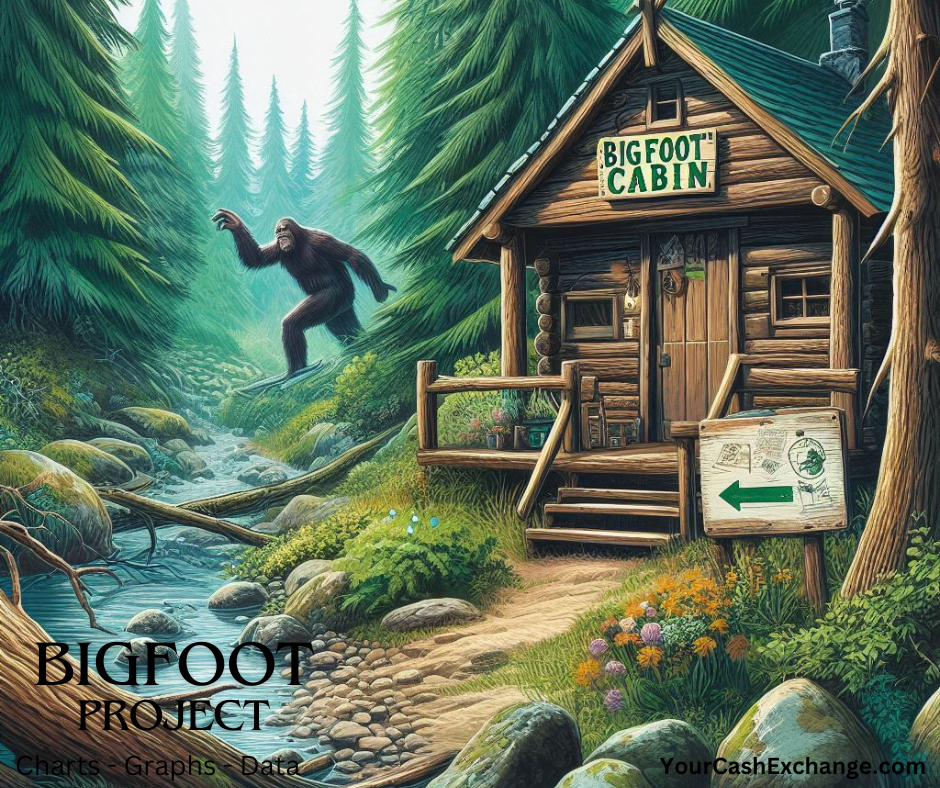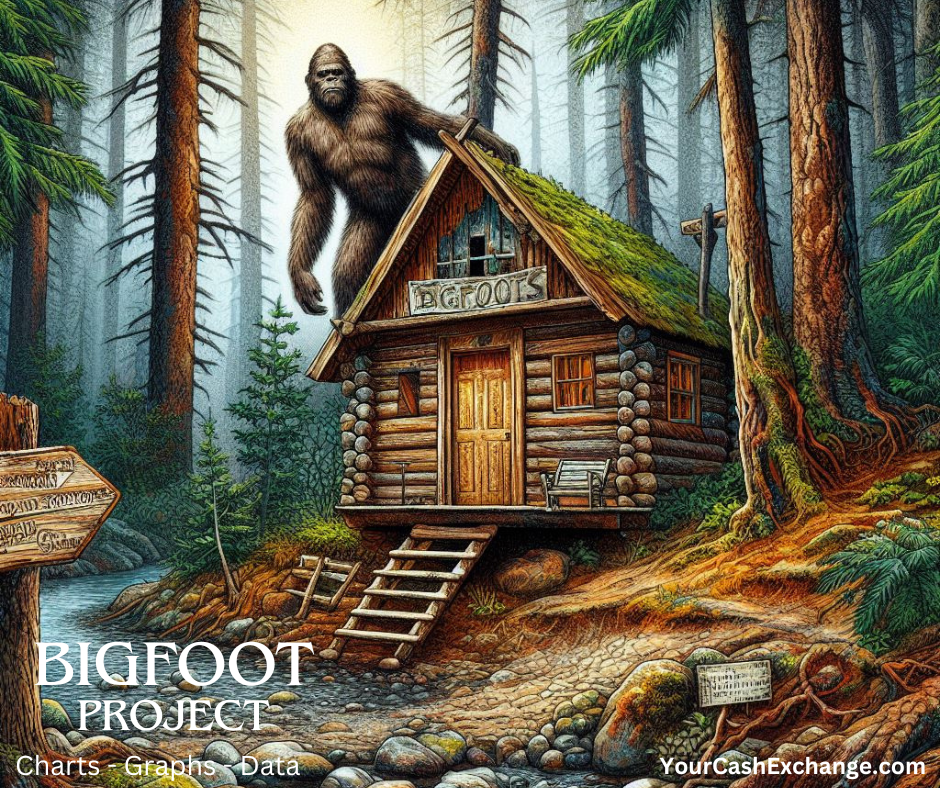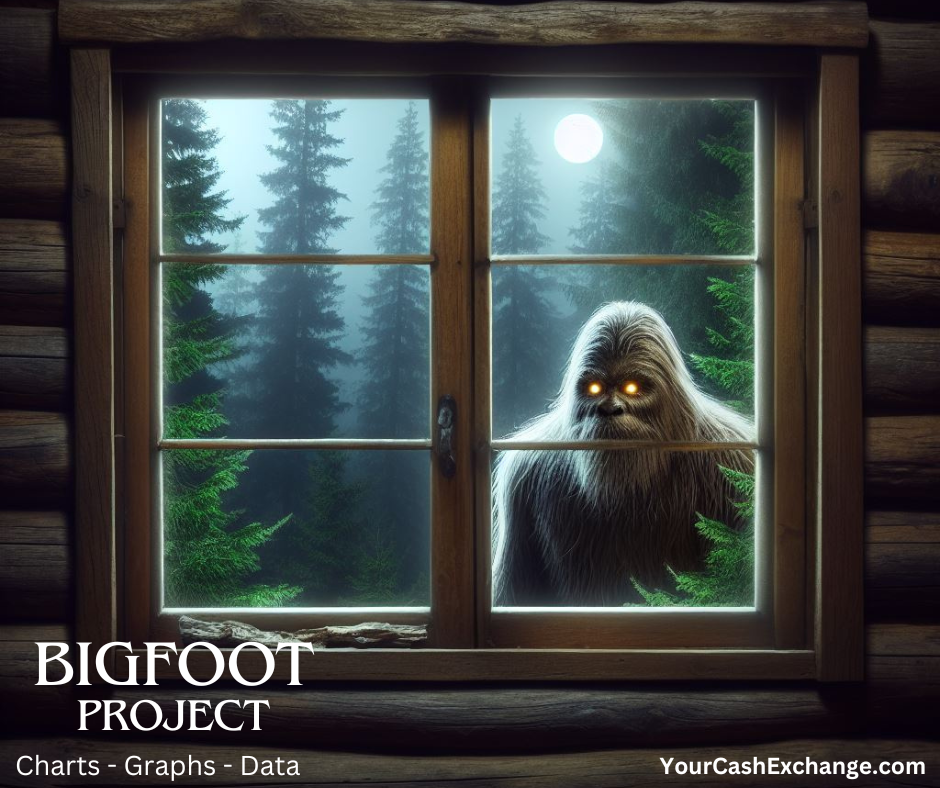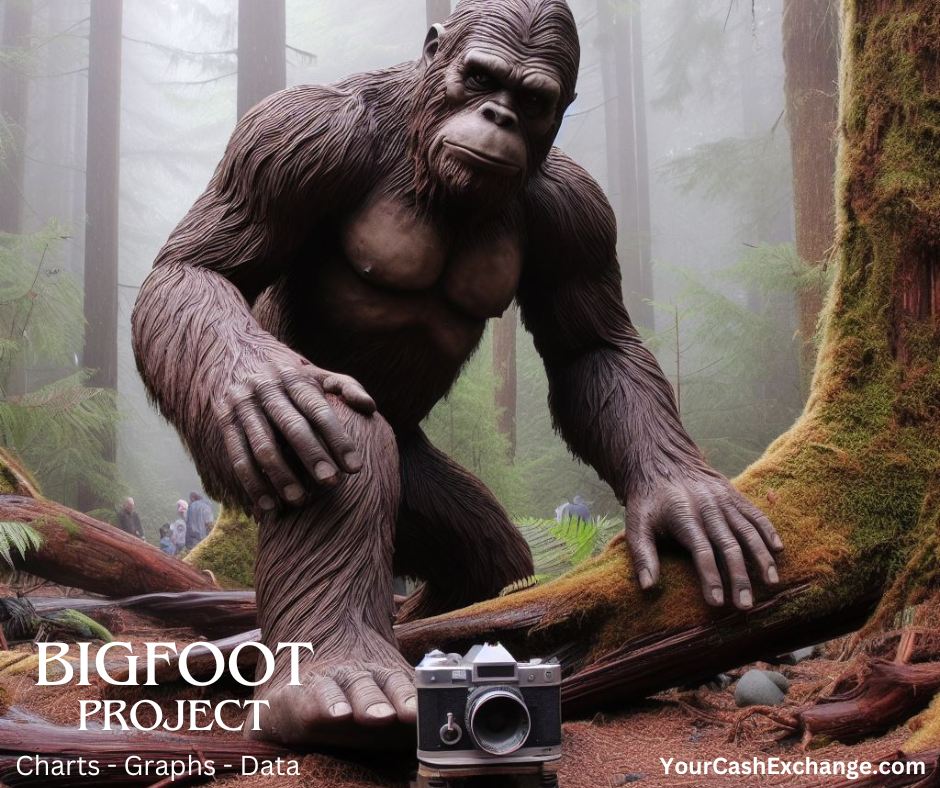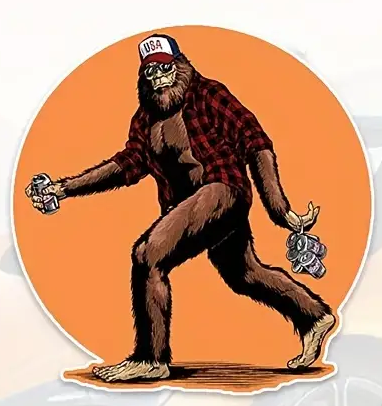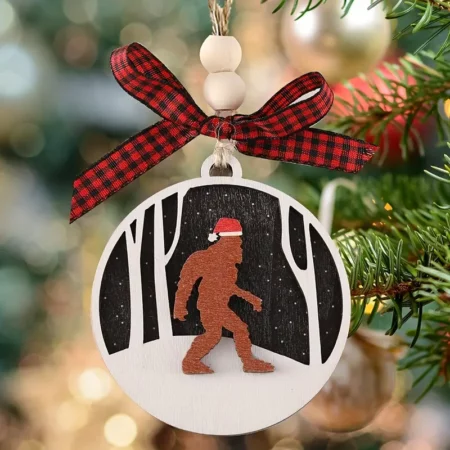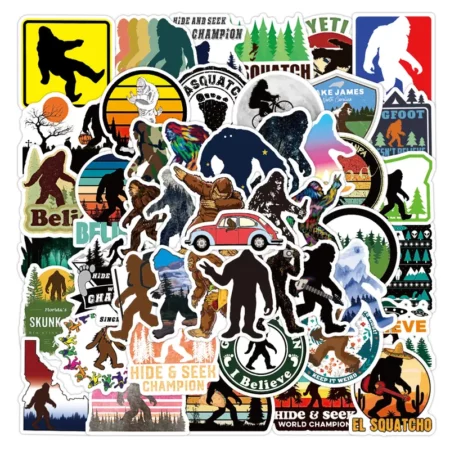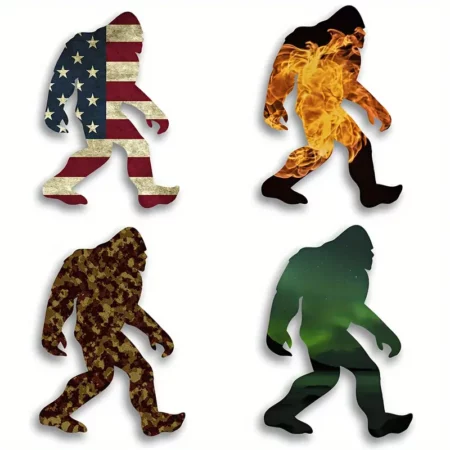One day, a family of four decided to go on a vacation to a cabin in the woods. They wanted to enjoy the nature and relax from their busy lives. They packed their bags and drove to the cabin, which was located near a lake and surrounded by trees.
The family consisted of a father, a mother, a son, and a daughter. The father was a lawyer, the mother was a teacher, the son was 10 years old, and the daughter was 8 years old. They loved each other very much, but they didn’t have much time to spend together.
When they arrived at the cabin, they were amazed by the beauty of the place. They unpacked their bags and explored the cabin, which had two bedrooms, a living room, a kitchen, and a bathroom. It was cozy and comfortable, with a fireplace, a TV, and a sofa.
The father said, “This is perfect. We can relax and have fun here.”
The mother said, “Yes, it is. Let’s make some hot chocolate and watch a movie.”
The son said, “Can we go fishing in the lake?”
The daughter said, “Can we go hiking in the woods?”
The father said, “Sure, we can do that tomorrow. But first, let’s enjoy the cabin.”
The family agreed and made some hot chocolate. They sat on the sofa and watched a movie on the TV. They laughed and cuddled and felt happy.
Meanwhile, in the woods, there was another creature that was curious about the cabin. It was Bigfoot, a large, hairy, human-like animal that lived in the forest. Bigfoot had seen the family arrive and wondered who they were and what they were doing. He decided to sneak closer and take a look.
Bigfoot was very shy and cautious. He didn’t want to be seen or heard by the humans. He knew that some humans were friendly, but some were not. He had heard stories of humans hunting and hurting his kind. He didn’t want to get into trouble.
Bigfoot crept closer to the cabin, hiding behind the trees and bushes. He reached the window and peeked inside. He saw the family on the sofa, watching the TV. He was fascinated by the sight. He had never seen a TV before. He wondered what it was and how it worked. He also wondered what the family was saying and doing. He wished he could understand them.
Bigfoot watched the family for a while, feeling curious and lonely. He wished he had a family of his own. He had lost his parents when he was young, and he had no friends. He lived alone in the woods, roaming and surviving. He sometimes met other Bigfoots, but they were not very friendly. They didn’t talk or play with him. They just ignored him or chased him away.
Bigfoot felt a pang of sadness and longing. He wanted to be part of the family. He wanted to join them on the sofa, drink hot chocolate, and watch the movie. He wanted to laugh and cuddle and feel happy.
But he knew he couldn’t. He knew he was different. He knew he didn’t belong.
He sighed and turned away from the window. He decided to leave the cabin and go back to the woods. He hoped the family would have a good time and not notice him.
But as he was about to leave, he heard a noise. It was the door of the cabin opening. He looked and saw the father coming out. He was holding a flashlight and a camera. He said, “I’m going to take some pictures of the night sky. It’s so clear and beautiful.”
Bigfoot panicked. He didn’t want to be seen by the father. He quickly ran away from the cabin, hoping to find a hiding place. But as he ran, he stepped on a branch and snapped it. The noise alerted the father, who turned and saw Bigfoot.
The father was shocked. He couldn’t believe his eyes. He saw a huge, hairy, human-like creature running away from the cabin. He realized it was Bigfoot, the legendary monster of the woods. He felt a surge of excitement and fear. He grabbed his camera and followed Bigfoot.
He shouted, “Hey, wait! Don’t go! I want to take a picture of you!”
Bigfoot heard the father’s voice and felt scared. He didn’t want to be chased or captured by the human. He ran faster, trying to lose him. But the father was persistent. He ran after Bigfoot, flashing his flashlight and camera.
He said, “Please, stop! I won’t hurt you! I just want to see you!”
Bigfoot didn’t listen. He kept running, looking for a way out. He reached the edge of the lake and saw a boat. He thought it might be a good escape. He jumped into the boat and pushed it into the water. He hoped the boat would take him away from the father.
But the boat didn’t move. It was tied to a dock. Bigfoot didn’t know that. He tried to paddle the boat with his hands, but it was useless. He was stuck in the middle of the lake.
The father saw Bigfoot in the boat and smiled. He had him cornered. He ran to the dock and untied another boat. He got into the boat and rowed towards Bigfoot. He aimed his camera and took a picture.
He said, “Gotcha! I got a picture of Bigfoot!”
Bigfoot saw the flash of the camera and felt angry. He didn’t want to be photographed by the human. He felt violated and exposed. He roared and threw his hands in the air. He accidentally hit the boat and tipped it over. He fell into the water and splashed.
The father saw Bigfoot fall into the water and gasped. He was worried that Bigfoot might drown. He rowed closer to him and reached out his hand.
He said, “Are you okay? Do you need help?”
Bigfoot saw the father’s hand and felt confused. He didn’t know what the human wanted. He didn’t know if he was friendly or not. He hesitated for a moment, then grabbed the father’s hand. He pulled himself out of the water and into the father’s boat. He sat next to the father and shivered.
The father was surprised and amazed. He had Bigfoot in his boat. He had touched Bigfoot. He had saved Bigfoot. He felt a mix of emotions. He felt proud and happy, but also guilty and sorry. He realized he had scared and chased Bigfoot for no reason. He realized he had been selfish and rude.
He said, “I’m sorry. I didn’t mean to scare you. I was just curious about you. I wanted to see you and take a picture of you. I wanted to prove that you exist. But I was wrong. I shouldn’t have done that. You have a right to your privacy and freedom. You don’t deserve to be hunted or harassed by humans. You deserve to be respected and left alone.”
Bigfoot heard the father’s words and felt calm. He sensed that the human was sincere and remorseful. He sensed that the human was not a threat. He sensed that the human was a friend.
He said, “It’s okay. I forgive you. I was curious about you too. I wanted to see you and watch you. I wanted to be part of your family. But I was wrong. I shouldn’t have done that. You have a right to your own life and happiness. You don’t deserve to be bothered or invaded by Bigfoots. You deserve to be loved and accepted.”
The father and Bigfoot looked at each other and smiled. They understood each other. They felt a connection. They felt a friendship.
They hugged and said, “Thank you.”
They rowed back to the cabin and said goodbye. Bigfoot returned to the woods and the father returned to his family. They never saw each other again, but they never forgot each other. They kept each other in their hearts and minds. They learned a valuable lesson.
They learned to respect and appreciate each other’s differences.
They learned to be kind and compassionate to each other’s feelings.
They learned to be friends.

